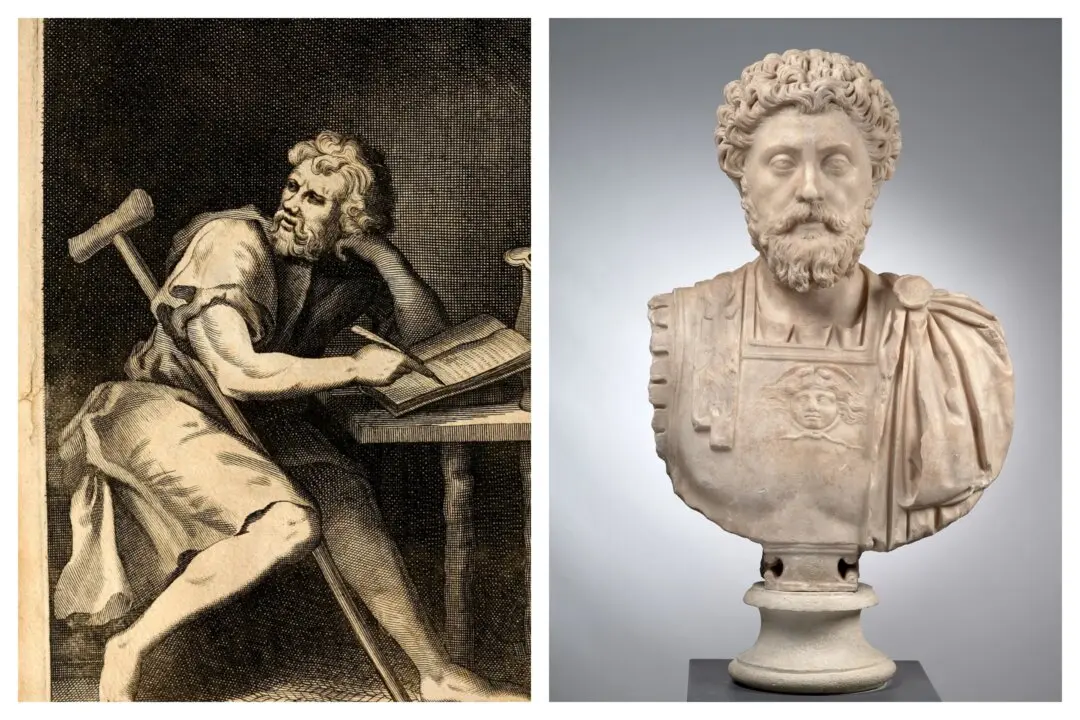When Mary Ann Evans disclosed her identity, the world was shocked. The English novelist has been dubbed one of the greatest modern authors for the psychological depth of her prose. But who was Evans, and what does her writing reveal about the need to accept fallibility as essential to moral growth?
The Face Behind ‘George Eliot’
Mary Ann Evans (1819–1880) was born on the Arbury Hall estate in Warwickshire county, England. Her father managed the estate, and Evans could easily access its many resources, including books and libraries. She became a voracious reader. Her quick ability to learn convinced the Evans family to invest in an education available to few women at the time. Although her formal schooling stopped when she turned 16, Evans continued studying on her own, gaining a broad knowledge of the Western literary canon. She fell in love with Ancient Greek drama and later used its themes as inspiration for her writing.After a short but successful career in journalistic writing, Evans took to fiction. That’s when she decided to adopt the nom de plume, “George Eliot.” Female authors were often published under their own names, as she had been. In fiction, however, the stereotype was as Evans described it in “Silly Novels by Lady Novelists”: Women could only write vain and shallow plots for lighthearted romances. She thought this stereotype unfair, but she also criticized her female peers for giving into it. Evans wanted to offer a better and deeper kind of literature. The pen name was a first step.






